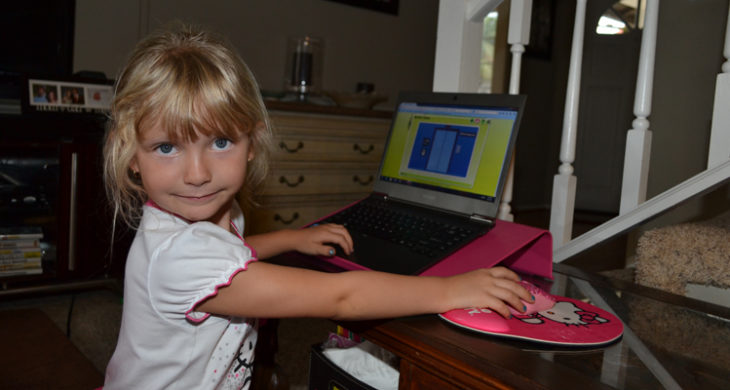Sketching smiley faces, hearts, and myriad shapes in the margins of notebooks is the classroom pastime of choice and a sometimes irritant for educators. Historically, teachers and parents have regarded doodling as an idle endeavor that detracts from the learning process.
However, researchers have discovered that doodling can actually inspire creativity, engage students academically, and help hold their attention. Read on to find out how doodling can facilitate the learning process.
Keeps the Brain Active
Even the best of teachers is not going to be able to hold every single student’s attention all the time. Different presentations appeal to different students, which is why individualized education has received so much attention lately. For the students whom a lesson fails to engage, doodling can keep the brain active and on task while also allowing doodlers to personalize the message of the lesson to themselves.
When the brain doesn’t receive adequate stimulation, it will begin producing its own content, thereby diverting the thoughts into the world of fantasy. Doodling keeps the brain in the moment and attuned to the task at hand.
Improves Memory Recall
Several studies have demonstrated that doodling can improve recollection of the material the student is learning while drawing. For example, a study done by the University of Plymouth had subjects listen to a long, monotonous voicemail message listing the names of people attending a party. The group instructed to doodle while they listened remembered 29 percent more on an unexpected memory quiz than the group who only listened. Similarly, a study from the University of Nottingham found that taking visual notes while studying science material can help enhance learning, engagement, and reasoning.
Some teachers have encouraged students to draw as part of their note taking in class. Lori Rice, a teacher in Wamego, Kansas, teaches her students to use sketch notes, a way of incorporating drawings and symbols into note taking. “I feel student engagement and learning increases with sketch-noting,” Rice told Education Dive. “Drawing the vocabulary, as well as the other connections in the lesson, helps them retain the information.”
Encourages Creativity
Doodling can guide the brain into outside-the-box thinking and kick-start the creative process, especially for students struggling with verbal reasoning and text-based lessons. Doodling is a low-stakes activity that empowers students to explore material without fear of judgment or failure. Any poet or writer knows that the fastest way to stymie the creative process is to critique as you go, and doodling avoids that pitfall. When students doodle, they recruit deeper neural connections than with pure verbal reasoning, and the result is a deeper connection with the material.
Recruits Additional Senses
Educators have known the benefits of multisensory learning for a long time now, and doodling qualifies as a visual learning tool. For one, doodling can help capture incredibly complicated and nuanced information quickly and concisely. For instance, drawing an animation of mitosis might do more for a biology student than reading about it for hours. Likewise, studies show that the more senses recruited in learning, the better the concept is cemented in the learner’s mind. Doodling activates the visual senses to help further engage the brain.
Doodling may still have a bad rap in education, but attitudes are shifting. The scientific support of doodling in the classroom is overwhelming—with many benefits, from improved memory to longer attention spans.
Does your student like to doodle? Have you found doodling to be effective when learning new information? Let us know in the comments section.
,










